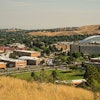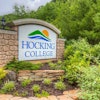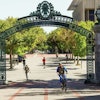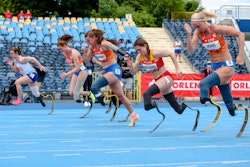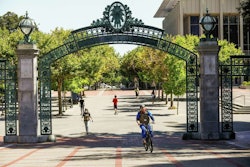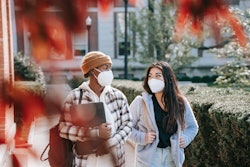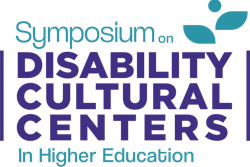Despite 5,000 miles now separating her from the youngest survivors of Japan’s devastating earthquake and tsunami, Dr. Kozue Shimabukuro still hears them anxiously clamoring for lost parents. She can’t silence the echoes of their voices.
“Tragedy was everywhere,” says Shimabukuro, a critical-care specialist at the University of California, Los Angeles’ Mattel Children’s Hospital. “There was a boy who kept asking when his fisherman father would come back. He wasn’t ready to accept that his father was gone. There were kids who didn’t know where they would live. And kids used to parents nursing them whenever they got sick suddenly had no idea what to expect.”
Shimabukuro herself didn’t know what to expect at the start of a three-week journey that originally was planned as a balmy two-week vacation to visit her parents and sisters in Okinawa. She was at her California home packing sandals and summer clothes when colleagues, who just had learned of the March 11 disasters overseas, began frantically calling.
Shimabukuro, who studied biology at Southwestern Adventist University near Fort Worth, Texas, in the 1990s thanks to a Japanese government scholarship, felt compelled to help. Abandoning her vacation plans, she joined a relief team of pediatricians to her native Japan.
Because the earthquake, tsunami and subsequent fires consumed many hospitals, she and her peers labored in makeshift spaces. In an abandoned elementary school in the tiny northeast coastal town of Yamada, they treated asthma, pneumonia and skin infections — the latter caused by lack of sanitation and no running water in which to bathe.
Even dispensing Tylenol proved challenging. With supply scant, Shimabukuro had to guess how small to cut adult pills before dispensing them to children. “Simple things were anything but,” she says.
The Loma Linda University medical graduate treated and comforted the youngsters within view of row after row of cubbyholes filled with bright-colored backpacks never retrieved by their pint-sized owners, who along with their families, are presumed among the more than 11,000 killed and 15,000 missing.
“We couldn’t find it in ourselves to move the backpacks,” Shimabukuro said, her voice quavering in an interview with Diverse this past weekend.
Amid the country’s growing nuclear crisis, she and other Japanese pediatricians trekked by car and on foot to evacuation shelters in a 30-mile zone, often in snow and subfreezing temperatures.
The team threaded their way among shattered ships and flattened homes, sometimes witnessing emergency crews extricating corpses from the wreckage. The few standing structures included gymnasiums in which 1,500 survivors were shoehorned, making it impossible to operate basic medical equipment such as nebulizers to treat asthma.
Yet the pediatrician insists her efforts there have barely begun. She is determined to advocate for Japan’s children. Among the agencies accepting tax-deductible donations is the American Academy of Pediatrics.
Shimabukuro says she worries about the physical and emotional ramifications for the traumatized children. “Just because there’s less news coverage doesn’t mean the crisis is over,” she says.
The troubled young voices in her head are reminders.

